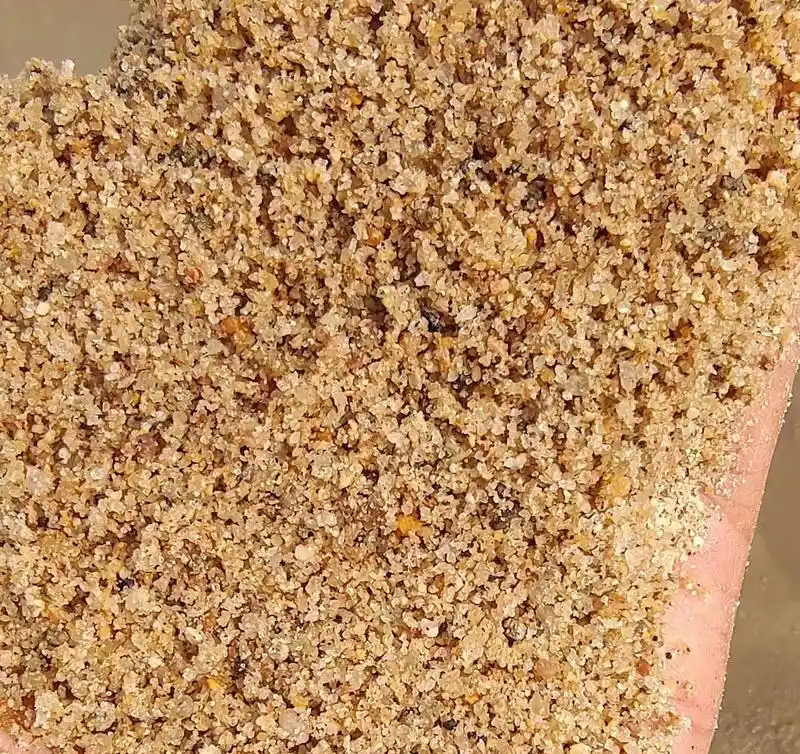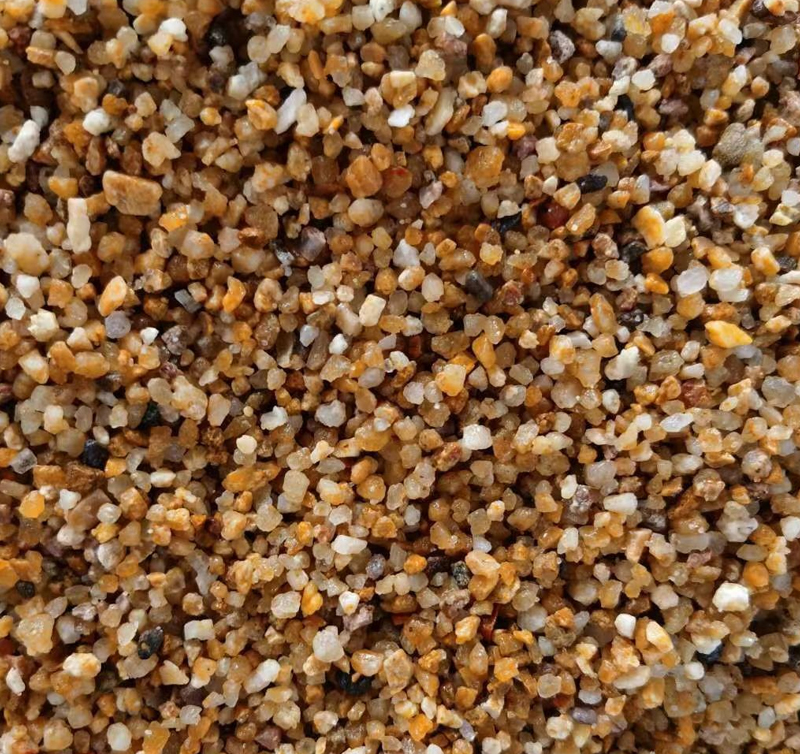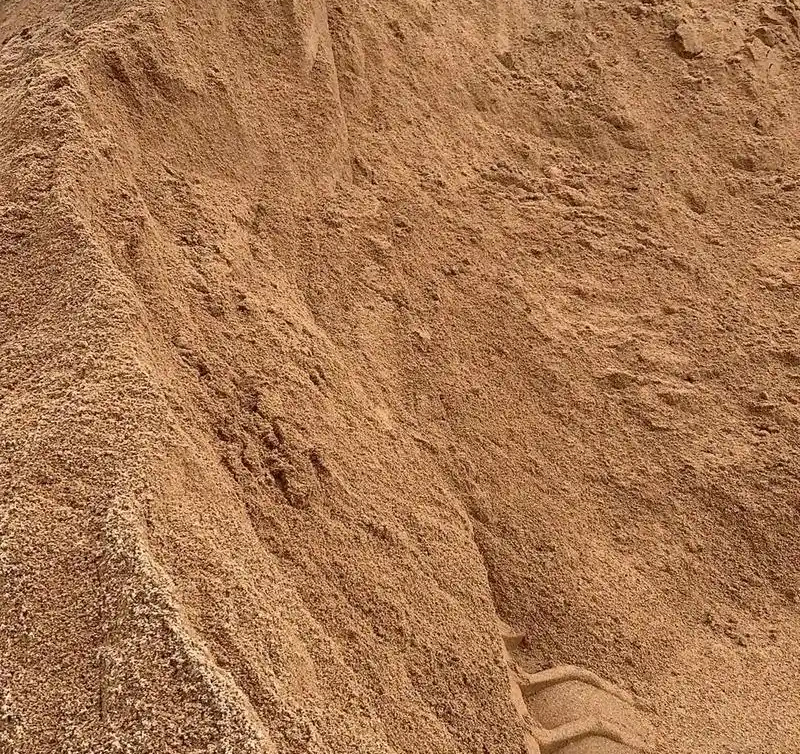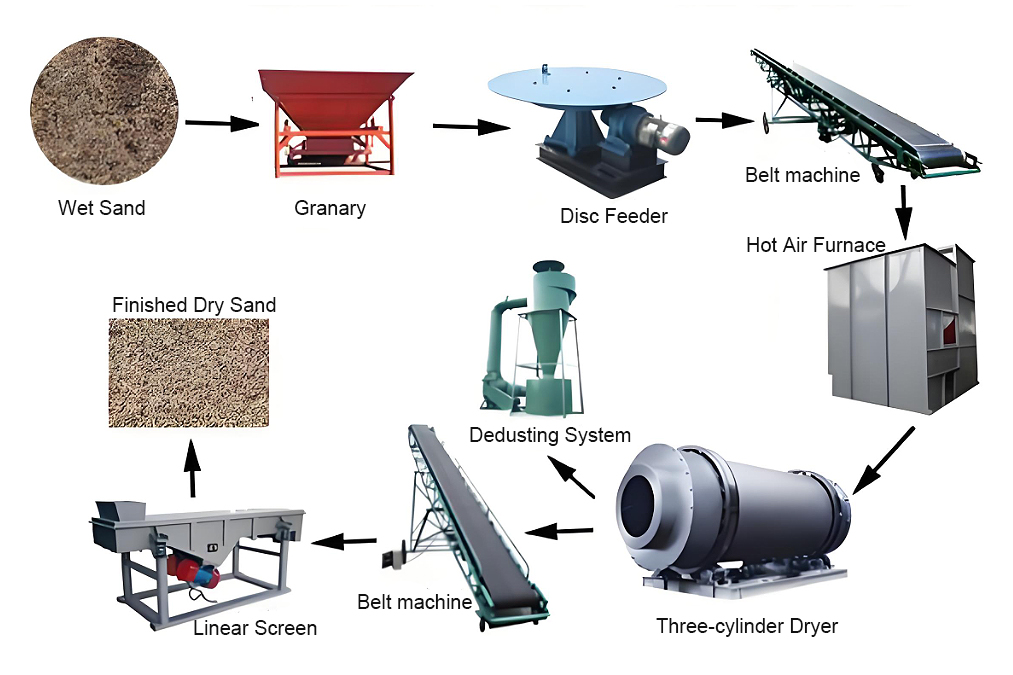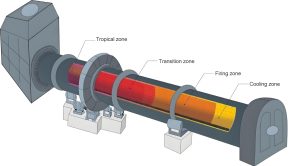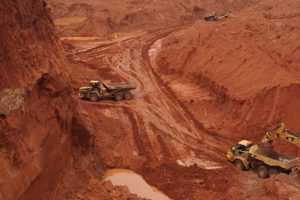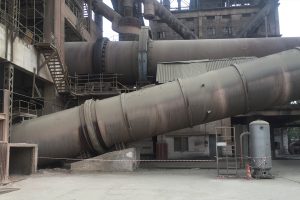How To Control The Flue Gas Control Ratio Of Lime Kiln Rotary Kiln?
589Adjusting the flue gas control ratio of lime kiln rotary kiln (usually refers to the ratio of key components in the flue gas, such as O₂, CO, NOx, SO₂, etc.) needs to take into account the combustion efficiency, environmental protection requireme...
View details Chunlei Rotary kiln
Chunlei Rotary kiln